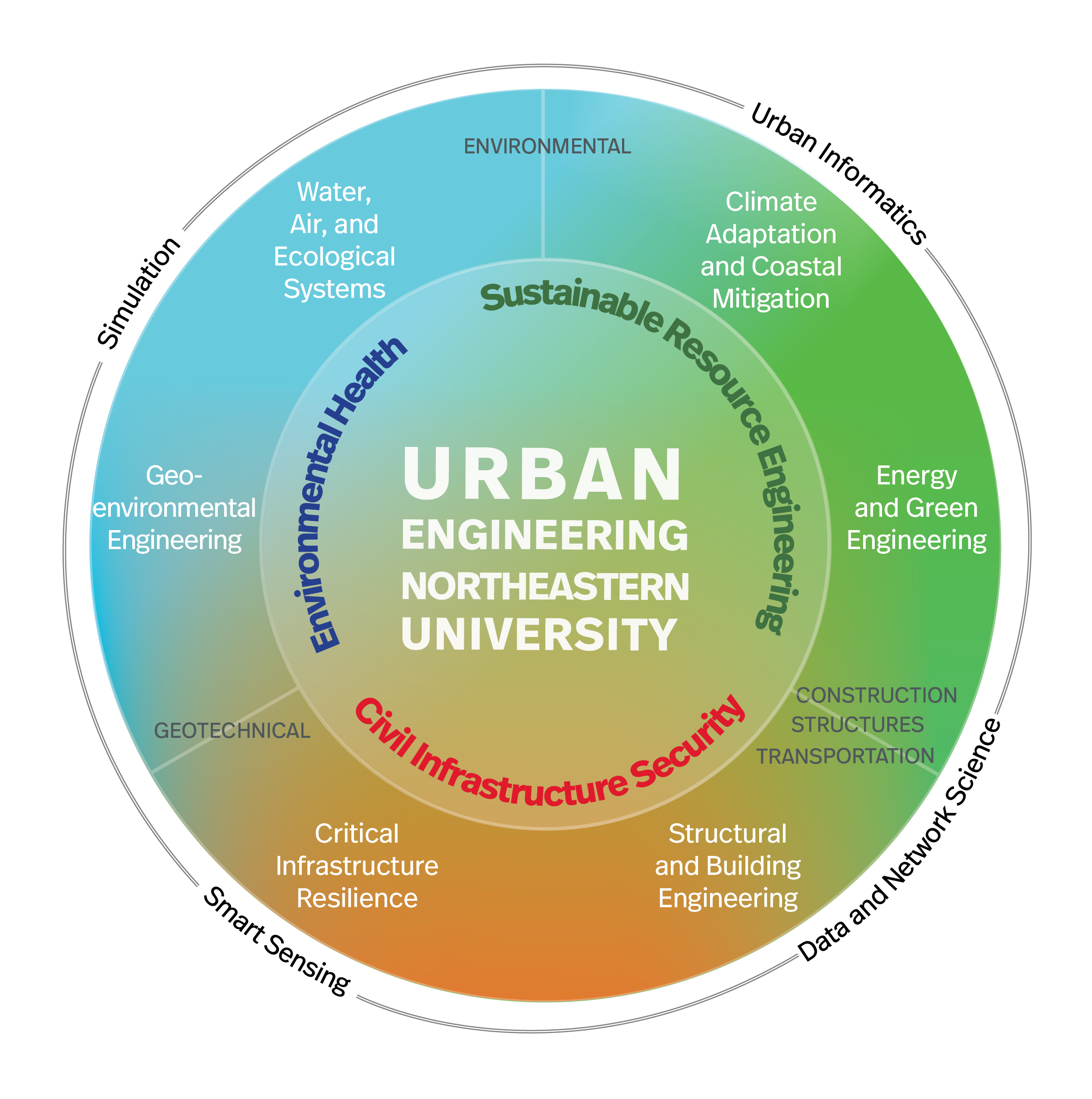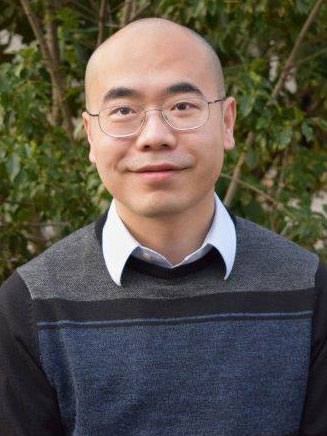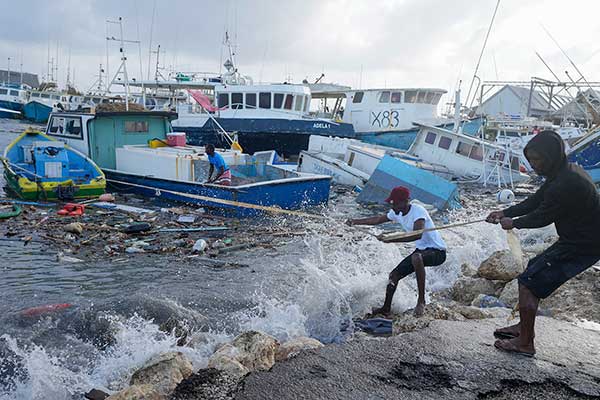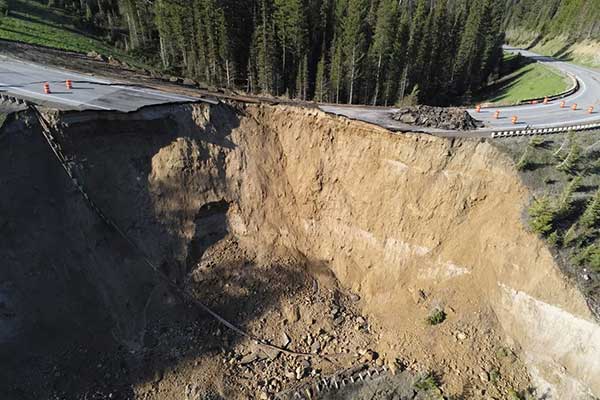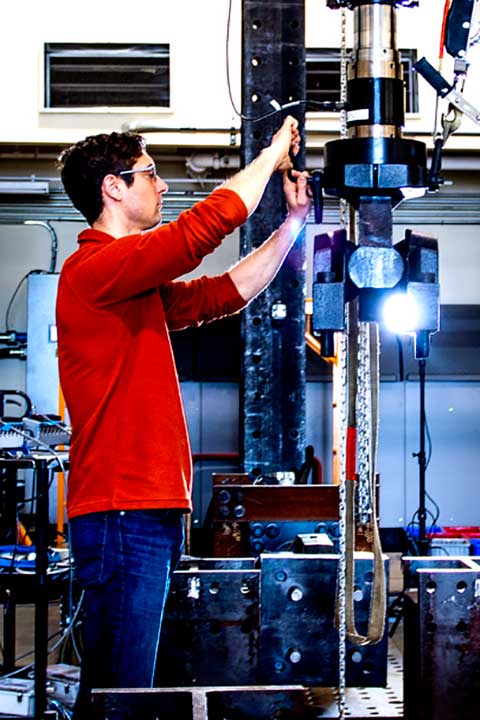
Research
Convergent research with collaboration across government, industry, and academia
The Department of Civil and Environmental Engineering attracts exceptional faculty who conduct state-of-the-art research, are dedicated educators at both the undergraduate and graduate level, and advance the state of professional practice. Faculty conduct interdisciplinary research in department research areas, as part of the college’s multidisciplinary research centers, and within their laboratories, as well as working across the university, and with industry, government, and academia.
The department also has dedicated staff who provide a range of operational services, including laboratory technicians, a dedicated machine shop, and budget and finance.
View faculty profiles including faculty laboratory research, and recent Annual Reports.
Quick Facts
The Department of Civil and Environmental Engineering education and research missions are focused on Urban Engineering, anchored by several multi-disciplinary, multi-institutional centers and programs. Building on current strengths and expanding into new and vital areas, three overarching interdisciplinary research and education thrusts of the department include Environmental Health, Civil Infrastructure Security, and Sustainable Resource Engineering, with subthemes and disciplinary excellence in each of these areas. We have premier departmental strengths in four integrated enabling technologies that include Simulation (both computational and experimental), Smart Sensing, and Data and Network Science, and Urban Informatics.
